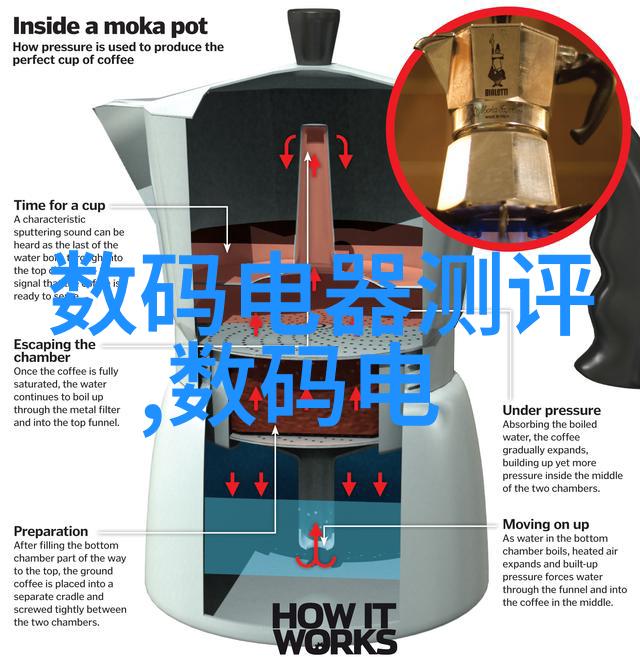手动自锁器与电动自锁器对比
引言

在现代工业自动化中,自锁器作为一种关键的传动元件,其作用不可或缺。它能够确保机械系统中的各个部件在特定条件下能准确无误地达到预定的位置,并且保持该位置。根据其工作原理和应用场景,可以将自锁器分为手动自锁器和电动自锁器两大类。在实际操作中,这两种类型的自锁器各有优势和局限性,本文将从多个角度进行深入比较。
手动自LOCKSER的基本原理

手动(self-actuated) 自LOCKER是指通过人力直接操作来实现的自动闭合装置。这种类型的手机会通过旋转、推拉等方式使机构完成闭合。这类设备通常需要用户具备一定的物理力量,以及对所需操作步骤的一致性执行,以保证稳定的工作状态。
电动self-locking device特点

相较于手动self-locking device,电動(self-powered) self-locking device依赖于外部能源(如电力)来驱 动其关闭过程。这意味着它们可以在没有额外人工干预的情况下实现自动化控制,有助于提高效率减少劳力需求。
应用领域对比分析

不同行业对于使用哪种类型的self-locker会有不同的偏好:
在重型工业制造线上,由于空间有限以及频繁更换零件要求高强度、快速响应能力的手manual self-locksers往往被选用。
对精密程度要求极高,如电子产品生产线,则需要更加精细调控,因此更倾向于使用electric self-locksers。

由于节能环保意识日益增强,对能源消耗不敏感的小型企业也可能选择electric self-locksers以降低长期运营成本。
安全性能评估
安全性是任何机械设计都必须考虑到的因素,不同类型的self-locker在这一方面展现出了不同的优劣:
手manual devices由于依赖人力的直接参与,当人员出现疏忽时可能导致意外事故发生,而electric devices则因为不涉及直 接的人员接触而显著降低了潜在风险。
另一方面,electric devices若出现故障或者软件问题,也可能造成严重后果,比如无法正确关闭,从而影响整体生产流程稳定性。
维护与寿命问题讨论
维护与寿命也是评价机械设备是否可靠的一个重要标准:
手manual devices虽然维护简单,但由此产生的人为错误或疲劳损伤可能缩短其有效服务时间。而electric devices尽管需要专业知识进行维护,但由于减少了人类介入,理论上可以延长设备使用寿命。
成本效益分析
成本效益是一个企业决策制定时不能忽视的问题:
在初期投资上,hand-operated locks tend to be less expensive due to fewer components and no need for an external power source.
结论与未来趋势探讨
总结来说,无论是hand-operated还是electrified,每种type of lock have their own advantages and disadvantages in terms of application suitability, safety performance, maintenance requirements, cost-effectiveness and future trends.
As the industry continues to evolve towards increased automation and efficiency, it is likely that electric-driven locking systems will become more prevalent in a wide range of industries due to their ability to improve productivity while reducing human error potential.
However, hand-operated locking systems are unlikely to disappear entirely as they still offer certain benefits such as lower upfront costs and simplicity of operation in specific contexts like heavy machinery manufacturing lines where reliability is paramount over precision control.
Ultimately, the choice between hand-operated or electric-driven locking systems depends on a careful evaluation of factors such as application-specific requirements, budget constraints and overall operational needs.
By understanding these differences in detail can help businesses make informed decisions about which type best suits their unique situation leading ultimately towards optimal system performance with minimal downtime for maximum profitability over time






